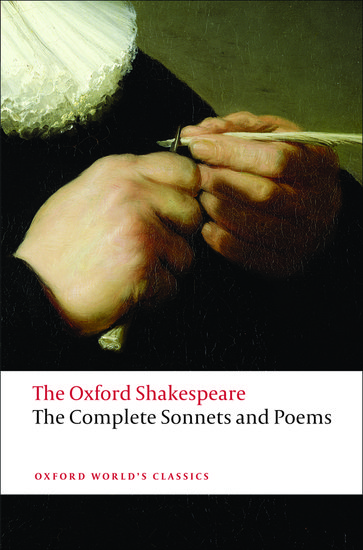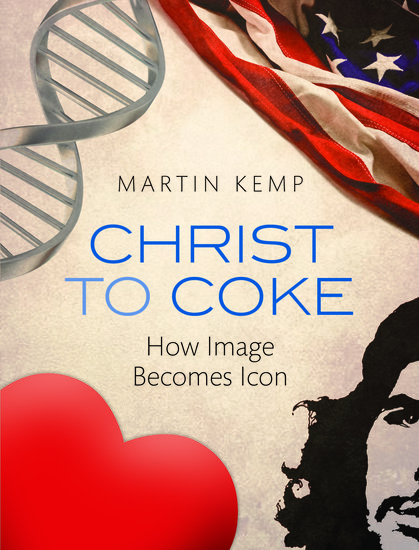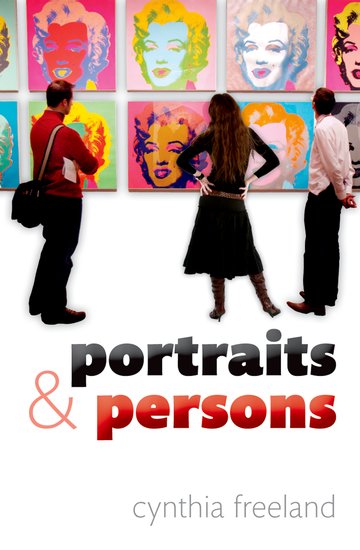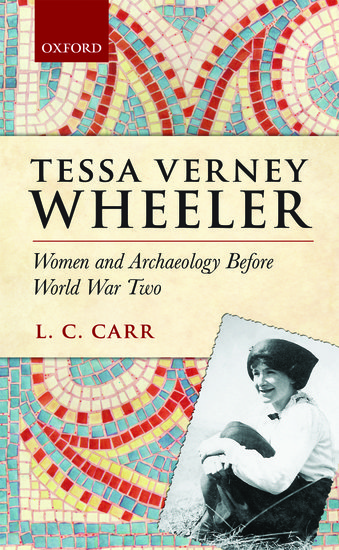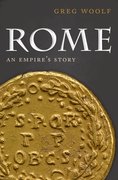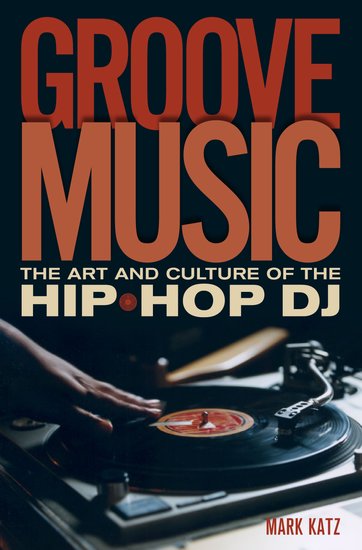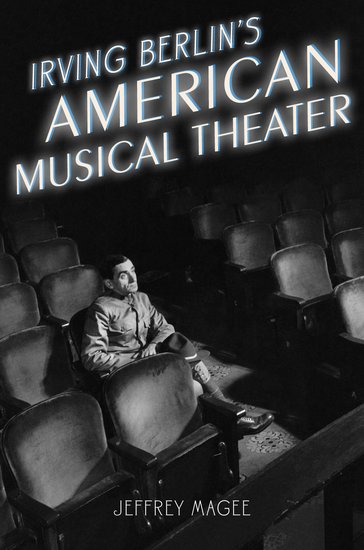By Gordon Thompson
On this spring morning fifty years ago, Brian Epstein climbed the front steps and passed through the simple entrance of the EMI Recording Studios in St. John’s Wood, London, placing him on the other side of the looking glass. As a retailer, he had sold recordings made in these studios by Sir Edward Elgar, Sir Thomas Beecham, and, more recently, Cliff Richard and the Shadows. The neophyte manager of the Beatles now eagerly anticipated the possibility of watching through the control room window as his “boys” joined that exclusive club.


